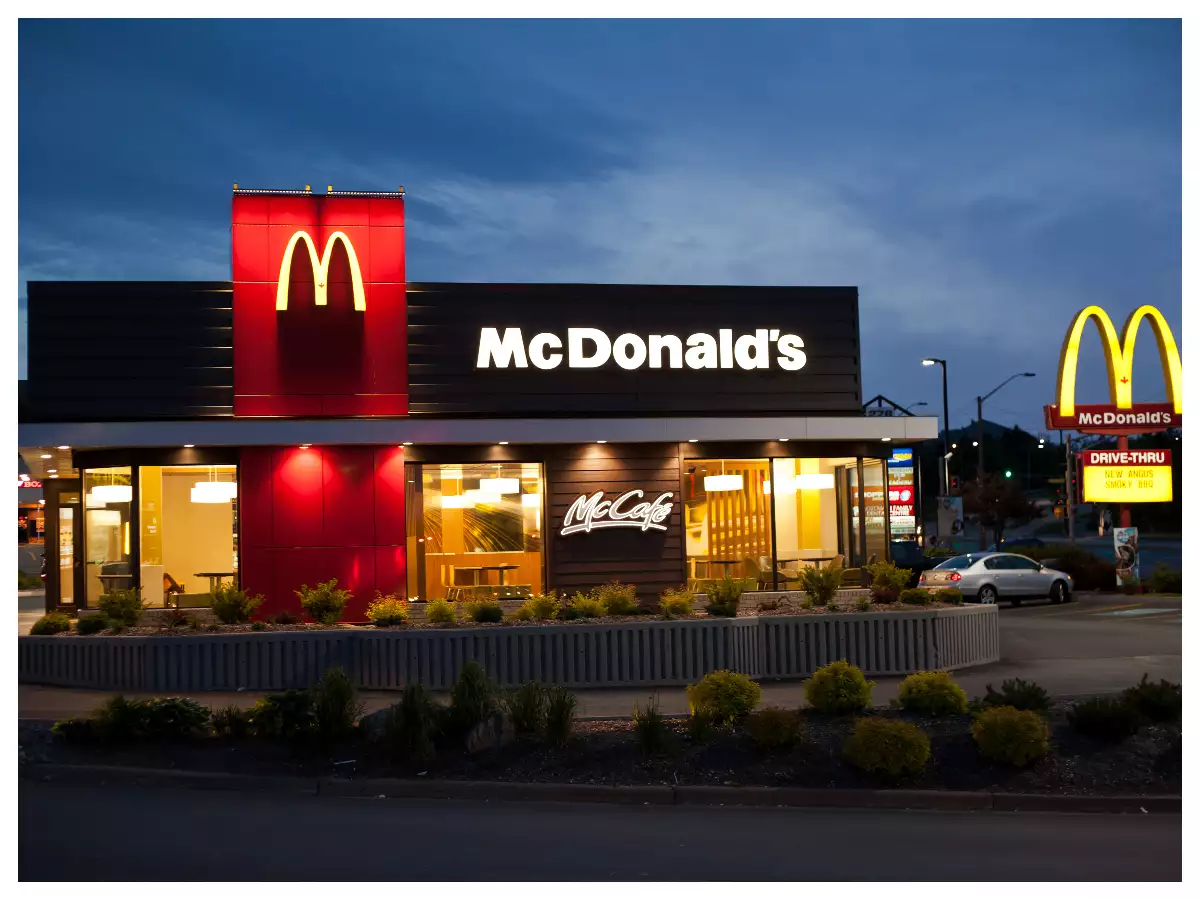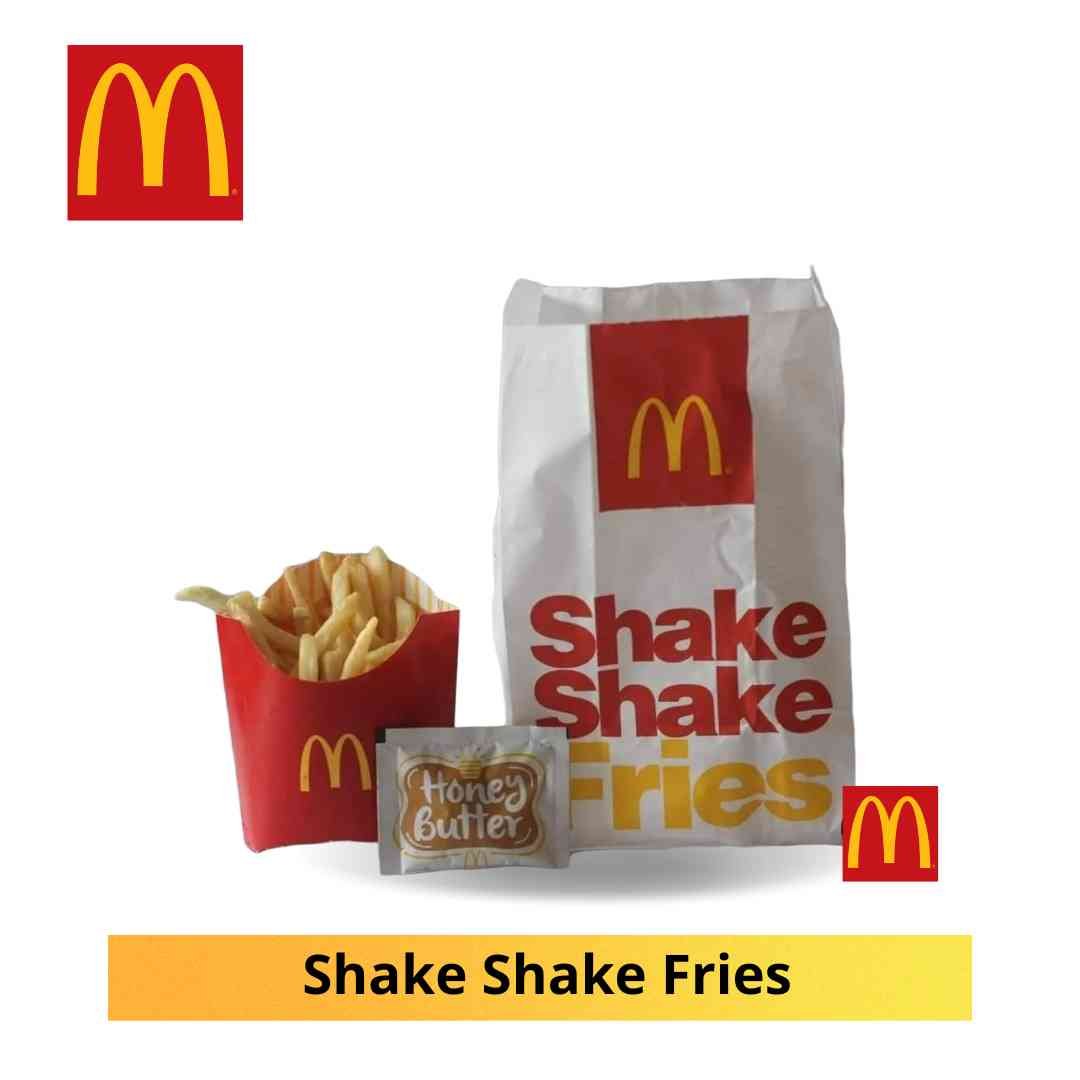
McDonald’s entered India in 1990 and in no time — it became a cult. Parents would take their kids to McDonald’s and order a happy meal. Then you might also recall those pictures with McDonald’s clown Ronald.
The fact that you are able to recall it now and the memories are just stuck in your head shows that McDonald’s did something right to achieve this. Because most people have these kinds of memories associated with McDonald’s. But how did an American brand made such a huge mark in India? Building such a solid presence in a diverse and complex market like ours is no easy task.
In this blog, we’ll break it down for you. We will talk about the strategies that contributed to their success in a difficult market like India.
Let’s get started!
Table of contents
- They Understood the Market & Responded
- They Kept Their Pricing Strategic for Affordability
- They Also Implemented Innovative Marketing Strategies
- In Conclusion
- Frequently Asked Questions
They Understood the Market & Responded
When McDonald’s first eyed India in the mid-1990s, the country presented a unique set of challenges. The Indian population is diverse, with varying cultural, religious, and regional preferences. Food, in particular, is sacred territory here. For example, nearly 38% of Indians are vegetarian. In fact, India is the country with the highest number of vegetarians. On top of that, people don’t eat beef here due to religious reasons.
Unlike its Western counterparts, where burgers with beef patties dominated the menu, McDonald’s quickly realised that directly replicating its global menu wouldn’t work. The brand’s first step? Conducting exhaustive market research. Teams spent time understanding Indian food habits, religious sensitivities and local tastes. This initial investment in market research laid the groundwork for a tailored approach.
Localisation Strategy
Localisation became the foundation of McDonald’s success in India. Here’s what they did to adapt to the Indian market.
1. A Completely Local Menu
McDonald’s introduced an entirely new range of products designed specifically for the Indian palate. Items like the McAloo Tikki Burger, Paneer Wrap and Masala Grill Chicken Burger catered to local tastes. These were fully localised recipes that resonated with Indian consumers.
They knew that vegetarians here are a little skeptical about eating food of the same kitchen where meat is prepared. So, they even introduced separate kitchens for vegetarian and non-vegetarian food preparation to respect religious sentiments. This distinction helped the brand win the trust of vegetarian customers who would otherwise not prefer McDonald’s.

2. Saying No to Beef and Pork
Given that Hindus consider cows sacred and Muslims avoid pork, McDonald’s removed beef and pork from its menu in India. Instead, they focused on chicken and vegetarian options. This decision showed respect for cultural values and avoided potential controversies.
3. Spice it Up
Indian food lovers enjoy bold, spicy flavours. McDonald’s worked with local chefs to ensure its offerings were seasoned with Indian spices. Even global favourites like fries got a desi twist, with the introduction of options like “Shake Shake Fries” with tangy masala seasoning.

They Kept Their Pricing Strategic for Affordability
India is a price-sensitive market and McDonald’s understood this from the outset. To appeal to the mass audience, the brand adopted a value-driven pricing strategy. When it entered in 1996, its burgers started from Rs 20 (equivalent to Rs 115.88 today), making them accessible to a wide audience.
At the same time, they maintained premium offerings for those willing to spend more. This dual pricing strategy allowed McDonald’s to cater to a wide range of income groups, ensuring it wasn’t perceived as either too cheap or too expensive.
They Also Implemented Innovative Marketing Campaigns
McDonald’s didn’t just rely on its menu and locations; its marketing campaigns were equally impactful. The brand’s messaging was localised to connect emotionally with Indian consumers. Let’s dive into some of their standout strategies:
1. “I’m Lovin’ It” with a Local Twist
While the global tagline “I’m Lovin’ It” remained consistent, McDonald’s created advertisements that celebrated Indian values, festivals and everyday moments. Campaigns often showcased diverse Indian families, adding an emotional layer to the brand’s appeal.
2. Festive Promotions
McDonald’s leveraged India’s love for festivals by rolling out limited-time offers and special menu items. For instance, during Diwali, they did a campaign that featured cousins playing games and sneakily and ordering McDonald’s.
3. Digital Domination
Understanding India’s digital shift, McDonald’s invested heavily in social media and online platforms. Engaging campaigns on Instagram, Facebook and YouTube targeted younger audiences, while delivery apps like Swiggy and Zomato were integrated to tap into the online ordering boom.
View this post on Instagram
4. Happy Meal
McDonald’s capitalised on the Indian family dynamic by promoting Happy Meals as a treat for kids. The toys and collectables became a hit among children, while parents appreciated the affordability and convenience.
5. Combo Deals
If you go to McDonalds and order a burger and fries, they will surely ask you if you wanted a combo by just adding X rs. That’s how they cross-sell with the help of combo deals. Plus they also advertise these deals through video ads.
In Conclusion
Today, McDonald’s is one of the leading quick-service restaurant (QSR) chains in India. With over 300 outlets and a presence across metros and smaller cities, it has become synonymous with affordable and tasty fast food. The brand has achieved a significant share in the Indian QSR market, generating a revenue of 22 billion USD as of 2024.
It’s a live example of how constant innovation and strategic marketing campaigns can change the course of the business. If you’re looking to refine your marketing strategies and make your brand top-of-the-mind for consumers, we can help. Just reach out to us at hello@florafountain.com and we will get going



